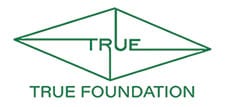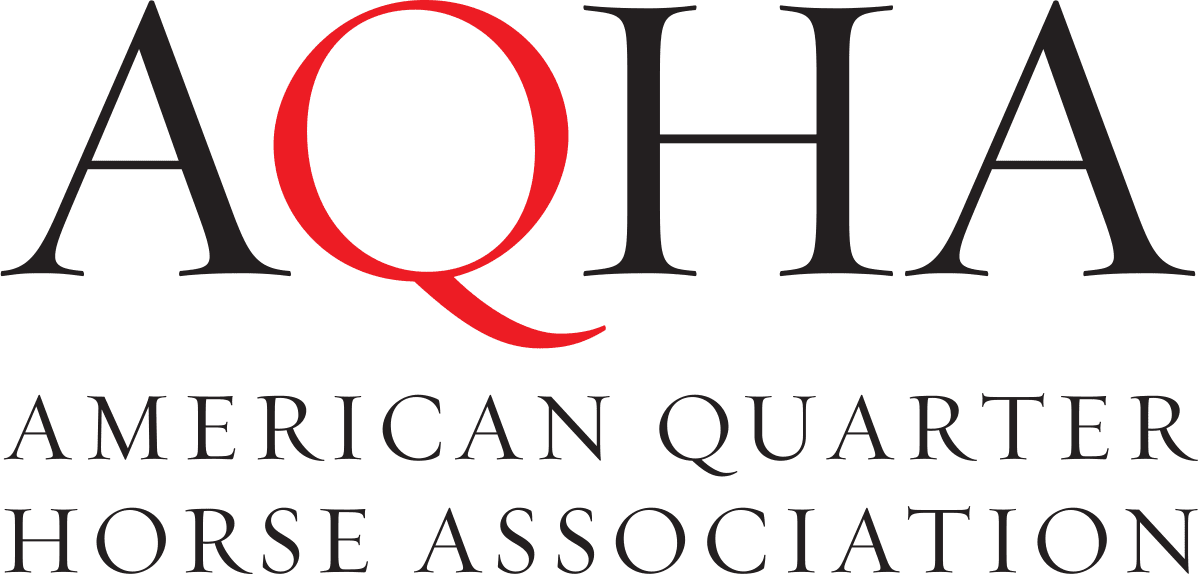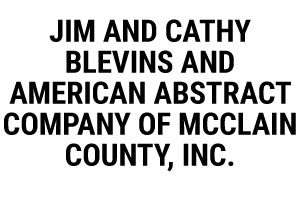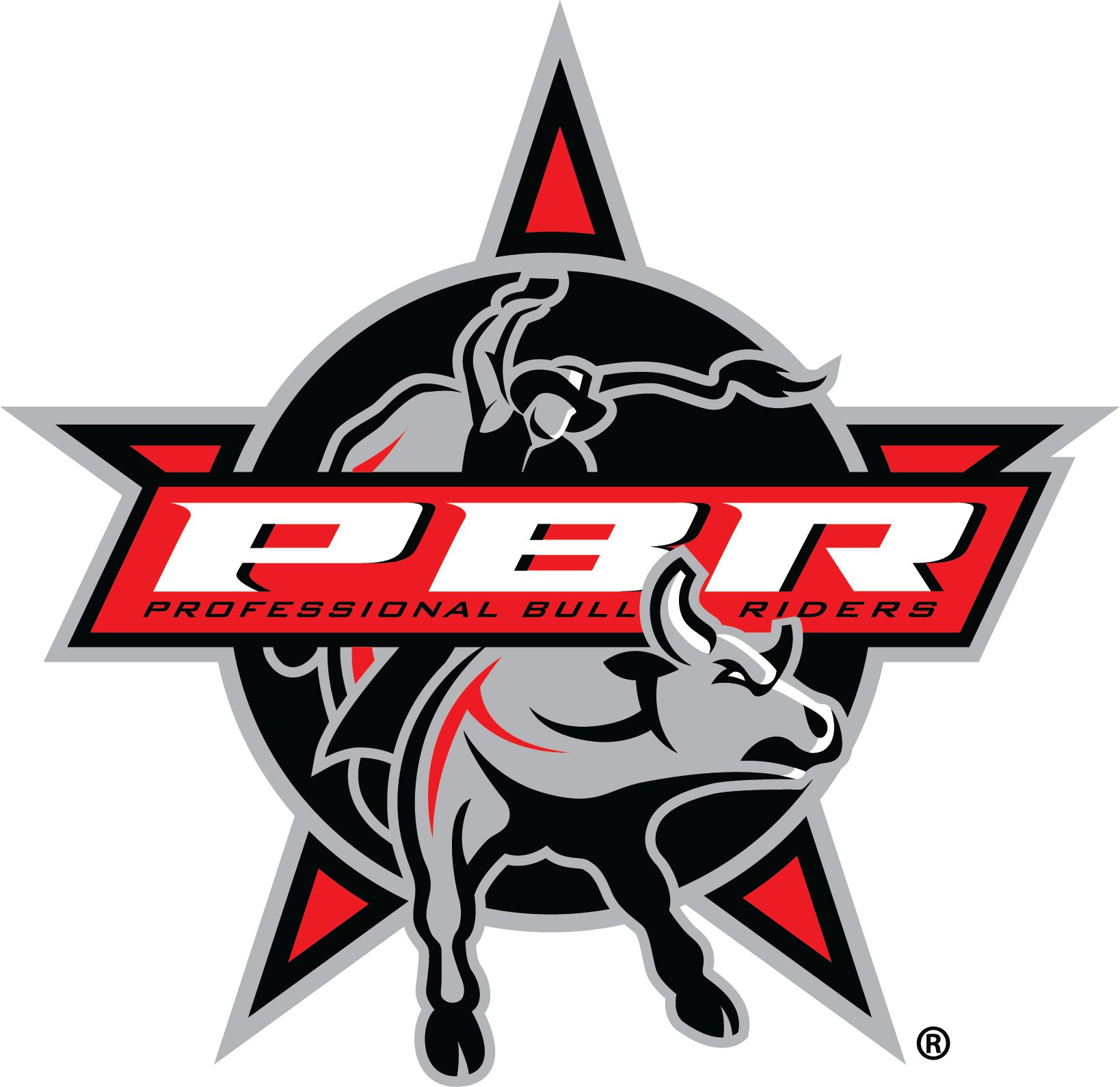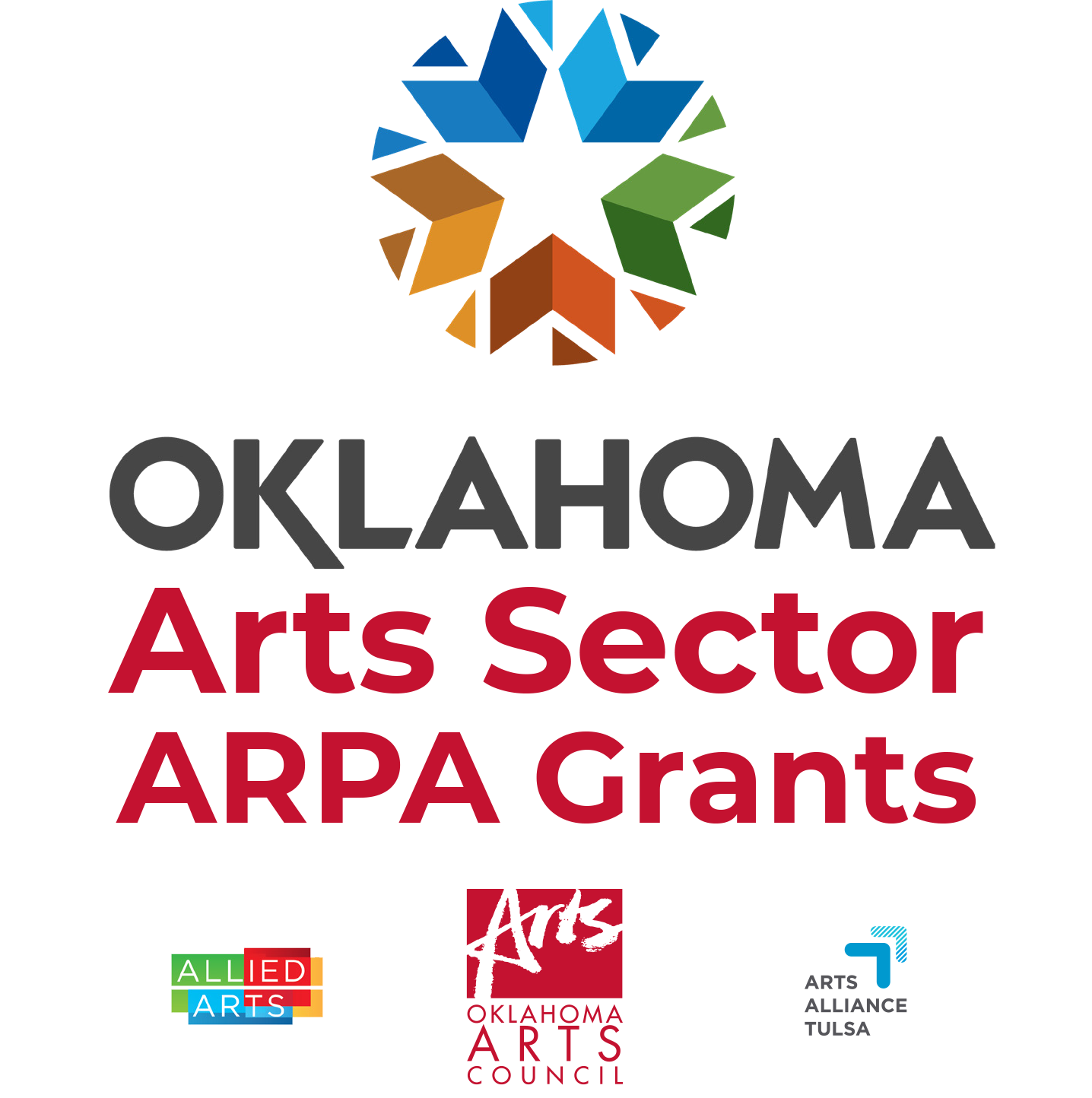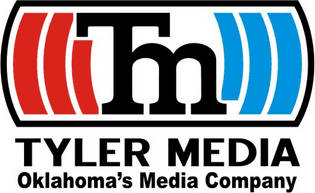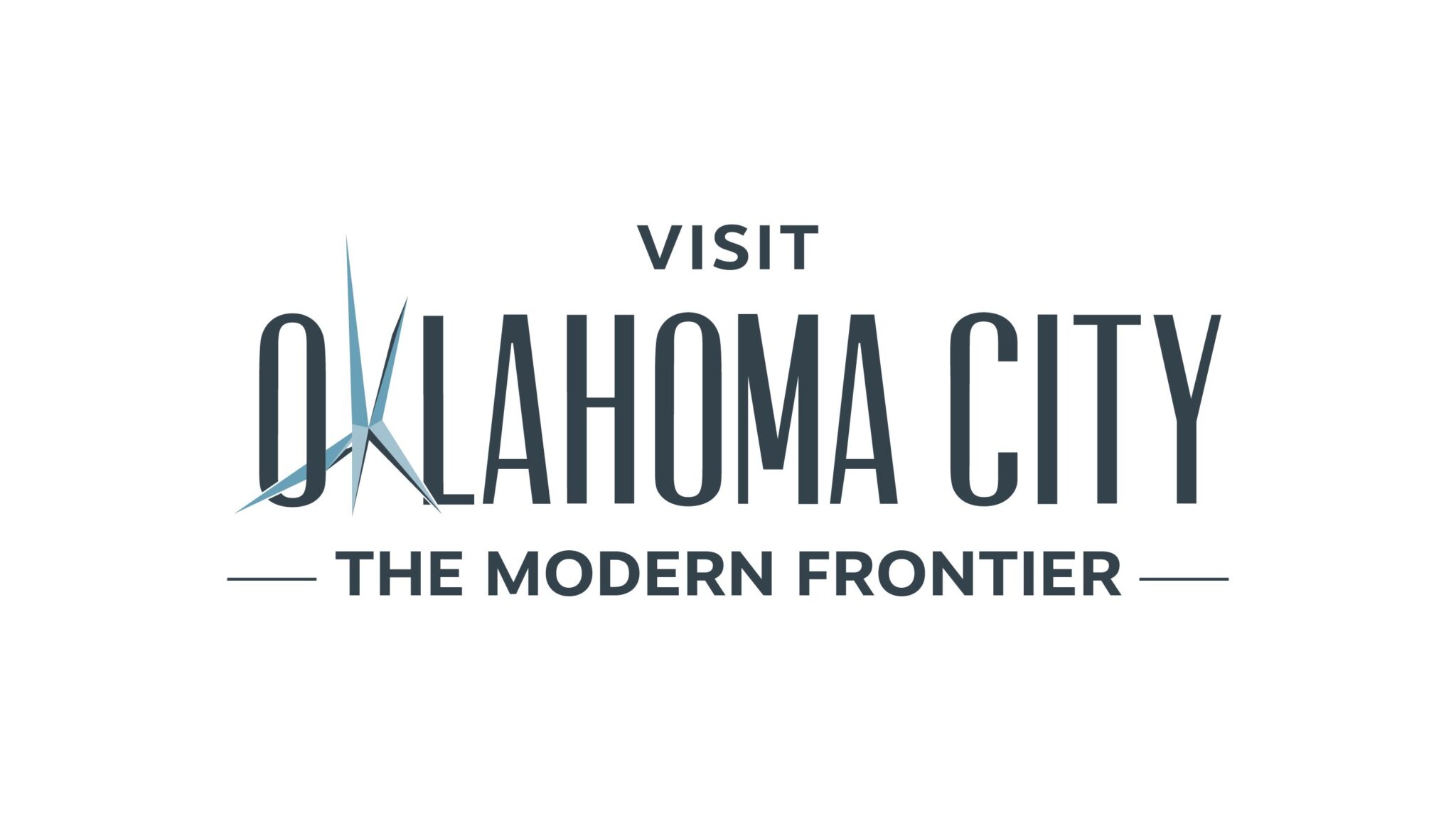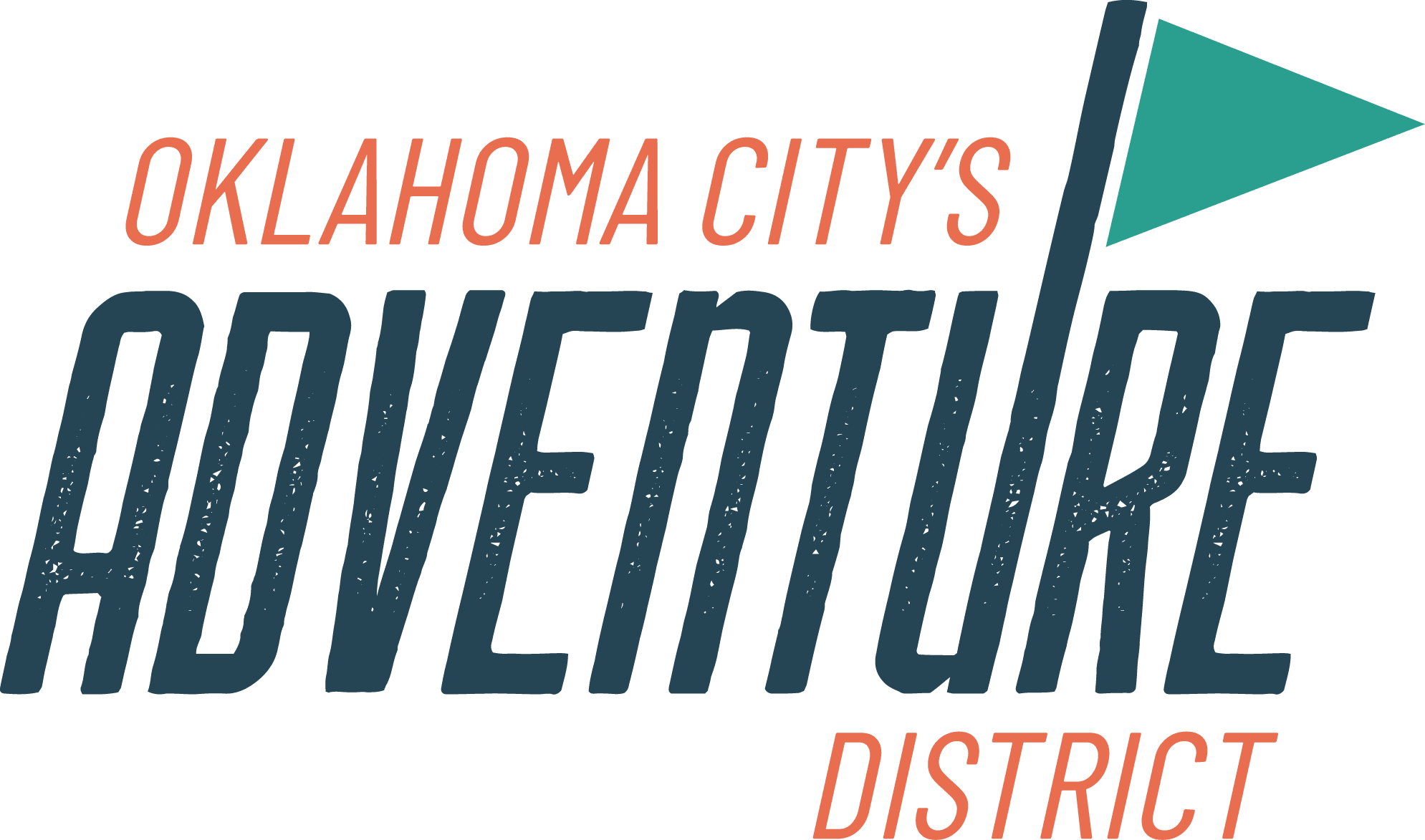 Tableau (tableaux, pl.) – A striking incidental scene; any dramatic scene Tableau (tableaux, pl.) – A striking incidental scene; any dramatic scene
The 1996 three-part television special calledWhen Animals Attack marked the beginning of the animal “shockumentary” genre that continues today. This series has been called the “Mother of all Animal Shockumentaries.” But, these shockumentaries or the juxtaposition of humans and animals in “deadly” situations do have precedents. In the late 19th and early 20th centuries, contemporary popular culture media such as stereographs, cabinet photographs, and dime novel and weekly covers contrived or faked “deadly” situations purely for entertainment , shock, and comedic effect. A popular past-time in late 19th century-early 20th century America was the viewing of stereographs. Stereographs are objects with two non-identical images printed side-by-side and mounted on card stock. When they are viewed through a stereoscope, the three-dimensionality of the original scene is recreated. One could argue that the event of viewing stereographs was similar to our modern time-waster of watching television reality shows. According to one historian, “People viewed stereographs at homes, schools, and churches, gazing at images documenting almost every subject imaginable from astronomy to zoology. According to stereograph collector and historian William Darrah, stereographs were used to teach millions of American children about geography, natural history, and a range of other subjects.” The current exhibit focuses on a particular sub-genre or category of composition stereography which showcases the inventiveness and creativity of the photographer. The Archives Center at the Smithsonian Institution categorizes this type of stereographic image as “Comic and Genre” defined as humorous and exaggerated subjects. This exhibit provides examples of stereographic images that are staged or suspiciously “neat” hunting tableaux. The majority of stereographs depicting big game hunting were published between 1880 and 1910 and those animals considered big game in the United States included deer, elk, moose, mountain sheep, bear, and buffalo. Secondly, taxidermy facilitated comic tableaux works as one will see. |
 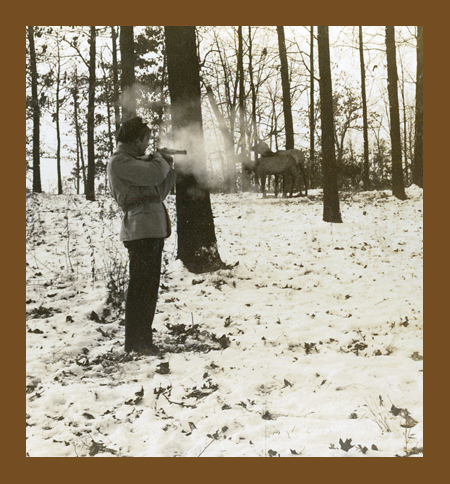 The crack of doom for a noble elk, 1905 The crack of doom for a noble elk, 1905C. L. (Charles L.) Wasson Stereograph, 4 x 7 in. Photographic Study Collection RC2007.143  Crack! Bang! Biff! The Lordly Elk’s Plunge to Death, Elk Hunt, Montana, ca. 1920 Crack! Bang! Biff! The Lordly Elk’s Plunge to Death, Elk Hunt, Montana, ca. 1920Keystone View Company Stereograph, 3.5 x 7 in. Photographic Study Collection 2004.227
Happy hunter, fated beast, you’re doomed, proud elk, to a cowboy’s feast. Elk Hunt, Montana U. S. A., 1904
Shooting the Antelope, ca. 1900
A Chance of a Lifetime, 1898
Staged bear attack as two hunters take aim, ca. 1875 Oliver Wendell Holmes did much to encourage interest in stereographs, a term he coined. Not only did he invent a popular hand viewer, Holmes proposed the creation of stereographic libraries calling attention to their educational possibilities. Holmes called stereographs “sun sculptures” and commented, “All pictures in which perspective and light and shade are properly managed, have more or less the effect of solidity; but by this instrument [stereoscope] that effect is so heightened as to produce an appearance of reality which cheats the senses with its seeming truth.” While Holmes was a stereograph advocate, writer Charles Dickens did not think so highly of them. He wrote, “The application of photography to the stereoscope produces an extremely pretty toy that is of no use except as an elegant and valuable illustration of a train of scientific reasoning.” This argument about the utility of stereographs in the 1860s would be applied to the utility of television in the 1950s. One estimate of the total number of stereographs produced in the United States is six million.
Perils of the Wilderness – A Fight for Life, 1893 Photographer George Barker was born in London, Ontario, Canada, in 1844 where he learned photography from James Egan there starting in 1857. In 1862 he established his own London studio. In 1863 Barker moved to Niagara Falls, New York, where he worked for Platt Babbitt before going into business for himself, in 1865. Barker is said to have produced the first paper stereoviews of the Niagara Falls area. George Barker’s negatives were purchased by Underwood & Underwood after his death in 1894.
Two hunters with stuffed bear and rifle, ca. 1890 Taxidermy facilitated comic tableaux works. The word taxidermy is derived from two Greek words–taxis, “arrangement,” and derma, “skin.” Photography has been closely associated with taxidermy, “the representation of residues of animals to produce the illusion of live presence.” Taxidermy enabled photographers to compensate for cameras with slow exposures and film emulsions by providing still specimens they could pose in the wild. In a sense it helped showcase the creativity and inventiveness of the photographer. Fakery for effect was only a next logical step.
Bear holding two men at bay up a tree, ca. 1900
Perils of the Wilderness – Old Bruin Master of the Situation, 1901 An avid hunter, Benjamin Lloyd Singley founded the Keystone View Company in 1892 in Meadville, Pennsylvania. The Company operated until 1939, but after 1920 was the only major publisher of stereographs in the world. Singley was born December 8, 1864 in Union Township, Schuylkill, County, in southeastern Pennsylvania. Prior to founding the Keystone Company, Singley was a salesman for Underwood & Underwood, a mass producer of stereographs between 1882 and 1920. He died on November 15, 1938, at the age of 73.
A Fight for Life in the Wilds of Oregon, 1898
Treed at Last, 1898 Shortly after 1865 the Kilburn Brothers erected a three-story factory for the mass production of stereographs in Littleton, New Hampshire. They produced, on average, three thousand finished stereographs per day. By 1877, Edward Kilburn retired and brother B. W. reorganized the business. James M. Davis became associated with B. W. Kilburn in the early 1880’s and was in charge of distribution. When the company ceased production in 1909, it had produced 17,000 views and nearly 100,000 glass negatives. At that time the collection passed to the Keystone View Company.
Timber Fury, 1950 Actress Laura Lee stars opposite Zoro the Wonder Dog in this melodrama based on the James Oliver Curwood novel Retribution. Here she is reacting to the person inside the bear costume in either fearful consternation or “are-you-serious?” incredulity. The theme of animals attacking humans continues to thrive in both contrived and reality based situations. The facts are that between 1900 and 2003 there were in North America about 52 recorded deaths due to black bears, 50 due to brown bears and 5 due to polar bears.
A Colonel in the Confederate Army, Prentiss Ingraham became an advance agent for Buffalo Bill Cody’s Wild West Show by about 1881. His literary career had begun earlier in London about 1870. In 1900 Ingraham claimed to have written over 600 novels, but he is best known for his Buffalo Bill weekly series. Known as the King of Dime Novels, Prentiss Ingraham, according to one historian, “helped start what was to become the most powerful and characteristic of American myths.” Even Cowboys began to act and dress the way they were described in Ingraham’s novels.
Buffalo Bill’s Master Stroke or The Specter of Death Valley, 1914
Buffalo Bill in the Jaws of Death or The Strange Sacrifice of Uncopah, 1915
Buffalo Bill’s Great Knife Duel or Pawnee Bill’s Mission, 1913 |
